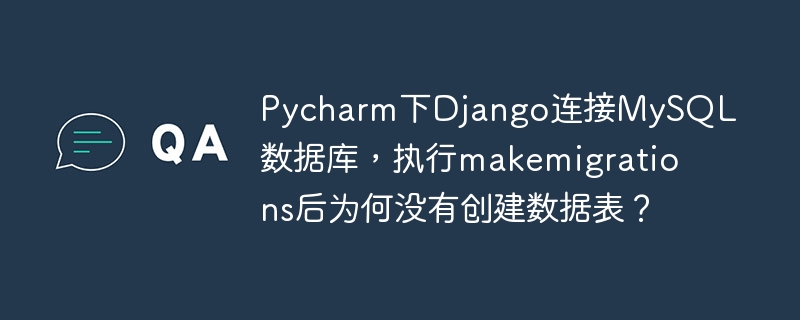這篇文章主要介紹了centos 6.5下安裝安裝 5.6教程,非常不錯,具有參考借鑒價值,需要的朋友可以參考下
1.下載安裝對應(yīng)的RPM包
2.解壓tar包
tar?-xvf?MySQL-5.6.33-1.el6.x86_64.rpm-bundle.tar
3.安裝mysql
rpm?-ivh?MySQL-server-5.6.33-1.el6.x86_64.rpm? rpm?-ivh?MySQL-client-5.6.33-1.el6.x86_64.rpm? rpm?-ivh?MySQL-devel-5.6.33-1.el6.x86_64.rpm
如果出現(xiàn):
error:?Failed?dependencies: ????libaio.so.1()(64bit)?is?needed?by?MySQL-server-5.6.33-1.el6.x86_64 ????libaio.so.1(LIBAIO_0.1)(64bit)?is?needed?by?MySQL-server-5.6.33-1.el6.x86_64 ????libaio.so.1(LIBAIO_0.4)(64bit)?is?needed?by?MySQL-server-5.6.33-1.el6.x86_64
下載libaio
yum?install?libaio
如果出現(xiàn):
error:?Failed?dependencies: ????libnuma.so.1()(64bit)?is?needed?by?MySQL-server-5.6.33-1.el6.x86_64 ????libnuma.so.1(libnuma_1.1)(64bit)?is?needed?by?MySQL-server-5.6.33-1.el6.x86_64 ????libnuma.so.1(libnuma_1.2)(64bit)?is?needed?by?MySQL-server-5.6.33-1.el6.x86_64
下載numactl
yum?install?numactl
4.初始化MySQL及設(shè)置密碼
/usr/bin/mysql_install_db service?mysql?start
如果啟動失敗可能是數(shù)據(jù)塊所在目錄沒有權(quán)限
cat?/root/.mysql_secret?#查看root賬號密碼 mysql>?SET?PASSWORD?=?PASSWORD('123456'); mysql>?exit
如果.mysql_secret文件不存在,先停止MySQL進入安裝設(shè)置密碼
service?mysql?stop mysqld_safe?--skip-grant-tables& mysql?-u?root?mysql mysql>?UPDATE?user?SET?password=PASSWORD("new?password")?WHERE?user='root'; mysql>?FLUSH?PRIVILEGES;
5.允許遠程登陸
mysql>?use?mysql; mysql>?select?host,user,password?from?user; mysql>?update?user?set?host='%'?where?user='root'?and?host='localhost'; mysql>?flush?privileges; mysql>?exit
6.設(shè)置開機自啟動
chkconfig?mysql?on chkconfig?--list?|?grep?mysql mysql??????0:off??1:off??2:on??3:on??4:on??5:on??6:off
7.MySQL的默認安裝位置
/var/lib/mysql/????????#數(shù)據(jù)庫目錄 /usr/share/mysql???????#配置文件目錄 /usr/bin???????????#相關(guān)命令目錄 /etc/init.d/mysql???????#啟動腳本
8.常用命令
1.使用客戶端工具連接到數(shù)據(jù)庫
mysql?-u?root?-p
2.查看MySQL服務(wù)器中包含那些數(shù)據(jù)庫
mysql>SHOW?DATABASES;
3.查看數(shù)據(jù)庫中的數(shù)據(jù)表信息
mysql>SHOW?TABLES;
4.切換數(shù)據(jù)庫
mysql>USE?mysql;
5.創(chuàng)建新的數(shù)據(jù)庫
mysql>CREATE?DATABASE?數(shù)據(jù)庫名字;
6.創(chuàng)建新的數(shù)據(jù)表
mysql>CREATE?TABLE?表名?(字段定義)
7.刪除一個數(shù)據(jù)表
mysql>DROP?TABLE?數(shù)據(jù)庫名.表名;
8.刪除一個數(shù)據(jù)庫
mysql>DROP?DATABASE?數(shù)據(jù)庫名
9.備份整個數(shù)據(jù)庫
mysqldump?-u?root?-p?auth?>?mysql-auth.sql
10.備份數(shù)據(jù)庫MYSQL中的user表
mysqldump?-u?root?-p?mysql?user?>?mysql.host-user.sql
11.備份MYSQL服務(wù)器中所有數(shù)據(jù)庫
mysqldump?-u?root?-p?-all-databases?>?mysql-all.sql
12.恢復(fù)數(shù)據(jù)庫
mysql?-u?root?-p?[數(shù)據(jù)庫名]<p>13.授予用戶權(quán)限</p><pre class="brush:sql;">GRANT?權(quán)限列表?ON?數(shù)據(jù)庫名.表名?TO?用戶名@來源地址?[IDENTIFIED?BY?'密碼'] GRANT?SELECT?ON?mysql.user?TO?daxiong@'localhost'?IDENTIFIED?BY'123456';
? 版權(quán)聲明
文章版權(quán)歸作者所有,未經(jīng)允許請勿轉(zhuǎn)載。
THE END



















